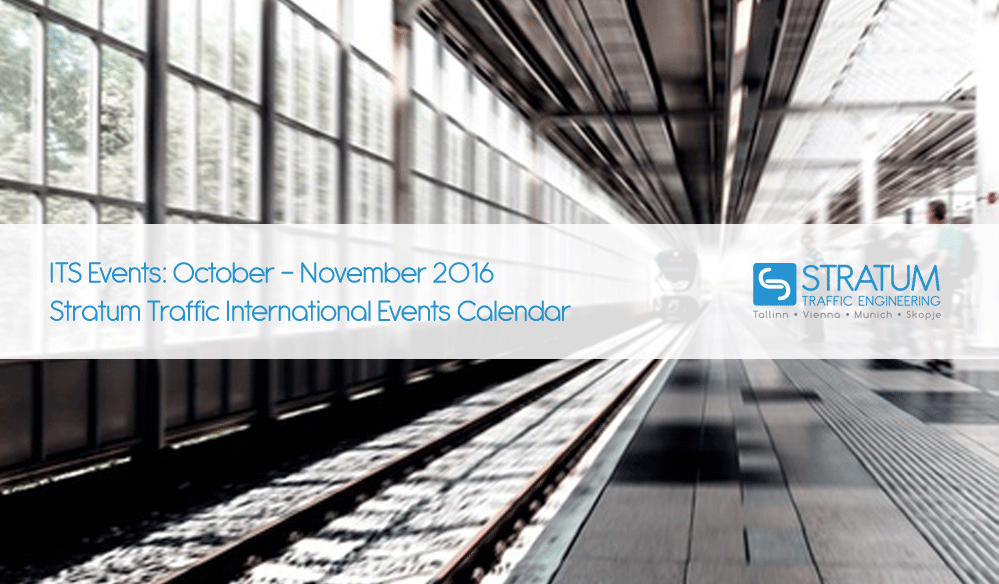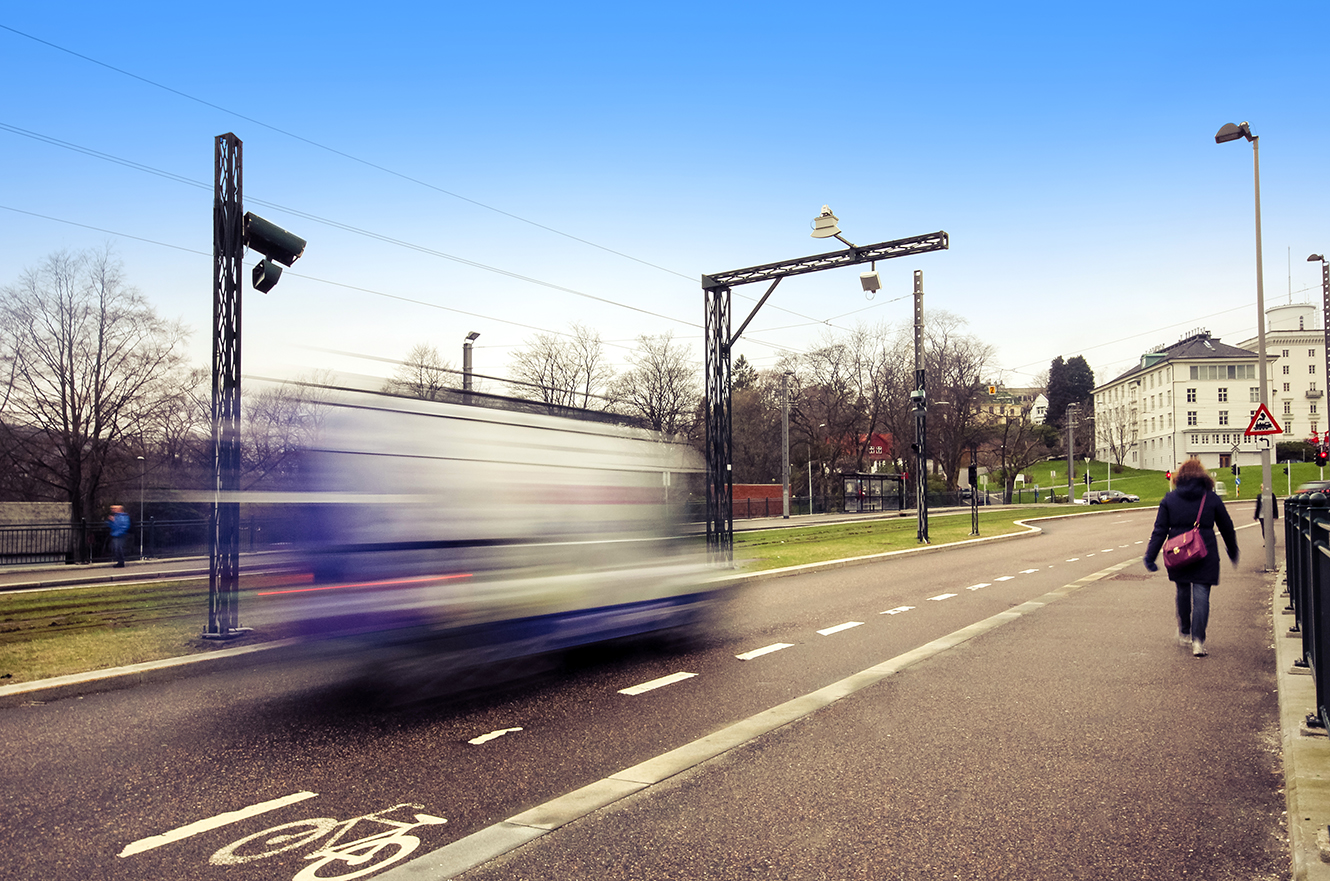
SMART Cities Require Strong Collaboration Between Municipalities And Transport Providers
Modern Cities need to implement intelligent loading and service zones to be embedded within its parking management.
Authors: Sabine Titz and Anja Strickner
Different socio-economic trends such as urbanization have an intensive impact on the movement of shipments and services throughout cities, also referred to as “commercial traffic”. Cities are facing a higher traffic volume, which influences not only the moving but also the stationary traffic. An increase in e-commerce is one of the main reasons for the increase in traffic volume, especially by so-called CEP providers (Courier, Express, and Parcel). The service sector (e.g. craftsman) as an essential part of the traffic structure within a city found little or no reference to urban transport planning processes. Therefore, the service sector was included in the analysis performed by the authors for the preparation of a thesis at University of Applied Sciences BFI, Vienna. The impact of parking management has been determined from expert interviews and an online survey with forwarders and service providers.
The research provides a comparison focus on the cities Vienna, Munich, and Bolzano. Whereas in the city of Vienna, exists an extensive short-stay parking zone system, in Munich there are different restrictions for each street under the parking management scheme. In the city center of Bolzano, a so-called “zona traffico limitato – ZTL” (traffic restricted area) was implemented in 2014.This area is fully automated and monitored by video surveillance. Regarding the management of the loading zones only in Vienna traders can influence directly the implementation and location of loading zones.
The investigation showed that the urban traffic planning concepts have a huge negative impact on the commercial traffic within a city. One of the main reasons for this is that there is a strong connection between city and traffic planning and the use of public space is becoming more and more important for generating economic growth and sustainability. Moreover, it is to be expected, that the motorized individual transport will be more and more displaced by pedestrian and bicycle zones.
An analysis of these three cities shows that they have to cope with higher traffic volume, which results in needs for action concerning parking and loading zones (e.g. number of zones provided, location, size). Furthermore, the service providers expressed the need for service zones. These service zones should be reserved only for service providers with a longer parking time than normal loading area.
A better communication structure (e.g. information to residents throughout the whole implementation) and the involvement of transport service providers in the planning process would lead to higher acceptance of changes. An appropriate planning which meets the demand of all parties concerned should be the main goal for a city.
There is a conflict of interests between economy and politics. On the one hand, the aim of politics is to meet the European targets and to meet the needs of the population. On the other hand, the focus for the economy is to reduce the costs for the last mile (e.g. problem of asynchronous deliveries). Due to these different objectives, a cooperation would support the reduction of traffic within cities and enhance the efficiency of transport service providers. One opportunity for such a cooperation could be the common usage of new technologies, such as telematics and Intelligent Transport Systems (ITS). These technologies could offer the possibility to reserve loading zones and this would result in an optimized usage of these zones. Furthermore, a value added is created by acquiring data (big data) which can be consolidated and used for improving information flows for transport service providers and infrastructure operators. Moreover, such applications may also generate revenues for communes and municipalities, but may also reduce costs not only for CEP providers but also for all the other transport service providers.
There are many additional research areas regarding urban traffic planning processes. Especially the use of new technology could be investigated further. Additionally, the level of willingness of transport service providers to make detailed route plans and traffic related data available should be figured out.
The study will be available in spring 2016 via Stratum Traffic Engineering GmbH (vienna@stratumtraffic.com).
–The End–



